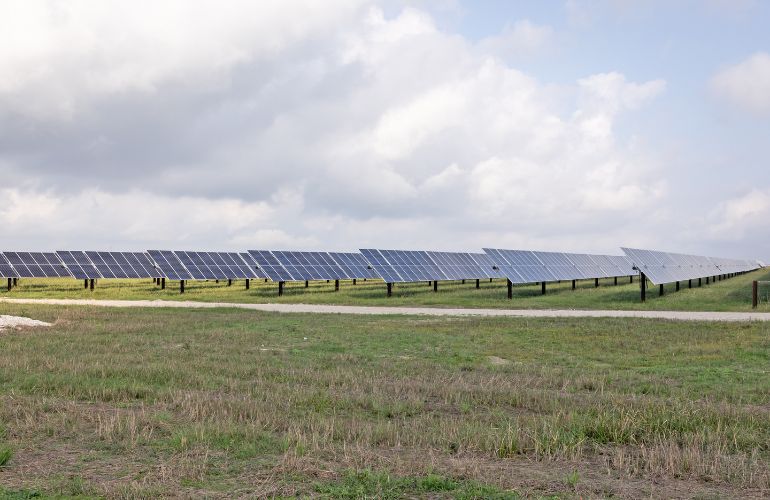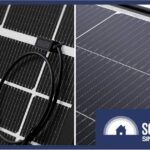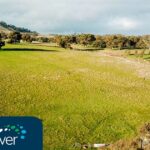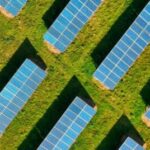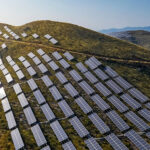RatedPower’s pvDesign software can now model bifacial energy yield
RatedPower’s solar modeling product called pvDesign recently launched its own bifacial energy yield model to support bifacial simulations.
pvDesign uses a 2D model that assumes infinite length rows and flat terrain. Seven key parameters that affect the bifacial energy yield are considered in the software: the irradiance factors, the module efficiency, the ground albedo, the tilt angle, the elevated height to the ground of the structure, the ground cover ratio (GCR) and the array shading.
Bifacial modules take advantage of the light reflected from the ground and received by the rear side. The proportion of that light reflected off the ground is known as albedo and it is directly related to the type of soil. The higher the albedo factor, the higher the power gain.
Following the albedo, the height of the structure to the ground is another of the key parameters when simulating with bifacial technology. Increasing the height improves the backside irradiance uniformity, therefore increasing bifacial power gain due to improved perception of ground-reflected light on the rear side.
A third parameter to be considered is the GCR, the ratio between the area occupied by PV modules and the total available area. This ratio is directly related to the pitch distance, the inter-row spacing between tables of PV modules. Decreasing the GCR implies a greater pitch distance, thus increased specific energy production.
RatedPower has simulated with pvDesign its own analysis using the following parameters:
- Commercial module 425 W STC, 1500V, and a 75% of bifaciality factor.
- GCR of 50%
- Ground Clearance (elevated height to the ground) of 1.10m
- Fixed structures and trackers
- Different locations (California and Iceland) and albedo factors (normal satellital albedo 0.21, optimal desert conditions 0.36 and snow satellital conditions in Iceland of 0.68).
When comparing fixed structures with trackers, the analysis found out that fixed structures obtain a 6% higher bifacial gain compared to trackers (4.45% to 4.17% respectively) in realistic satellital albedo of 0.21. These ratios would increase to 7.3% and 6.83% respectively in optimal conditions in California with sand albedos of 0.36.
On the other hand, in scenarios with higher albedos (0.68) and latitudes such as Iceland, the percentage of bifacial gains ascended to 16.55% in the case of fixed structures and 12.65% for trackers.
In terms of specific production kWh/kWp, trackers outperform fixed structures resulting in 12.5% and 16.2% higher specific production kWh/kWp in albedos of 0.21 and 0.68 respectively.
pvDesign’s simulation numbers are a worldwide snapshot of what is really happening concerning the adoption of bifacials and the industry preferences: simulations obtained bifacial gains up to 10%, with better results in high-albedo scenarios (up to 16%). Furthermore, fixed structures were found to obtain higher bifacial gains than single-axis trackers (using the same GCR), but still lower yield specific production than trackers.
News item from RatedPower
Original Source: https://www.solarpowerworldonline.com/2020/07/ratedpowers-pvdesign-software-can-now-model-bifacial-energy-yield/
